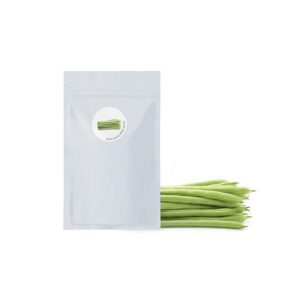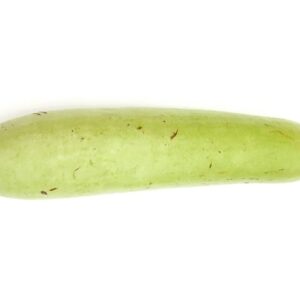Cultivated in North Africa, the Middle East, Egypt, and India, Fenugreek has a long history as an ingredient in traditional medicine. The leaves are flat and spear-shaped, and radiate out from a central stem. Fenugreek is rich in calcium, phosphorus, iron nd Vitamin C. The leaf is highly beneficial for treating poor liver functions and dyspepsia. It helps in controlling blood sugar levels as galactomannan, a natural soluble fiber present in Fenugreek slows down the rate of sugar absorption into the blood. It also contains amino acid responsible for inducing the production of insulin. Fenugreek is beneficial in the case of high blood levels of certain fats including cholesterol and triglycerides. It also helps in reducing menstrual discomfort and prevents colon cancer.
Fenugreek is most widely used in Indian cuisine, though it is also found in North African and Middle Eastern dishes. While the leaves smell like caramel or maple syrup, when heated, their taste is rather bitter, like burnt sugar. The ground seeds (yellow) are often used in curry powder, spices blends, dry rubs, and tea blends. Fresh leaves can be added to salads and cooked dishes. Start out with a small amount—too much can cause a bitter taste.











Reviews
There are no reviews yet.